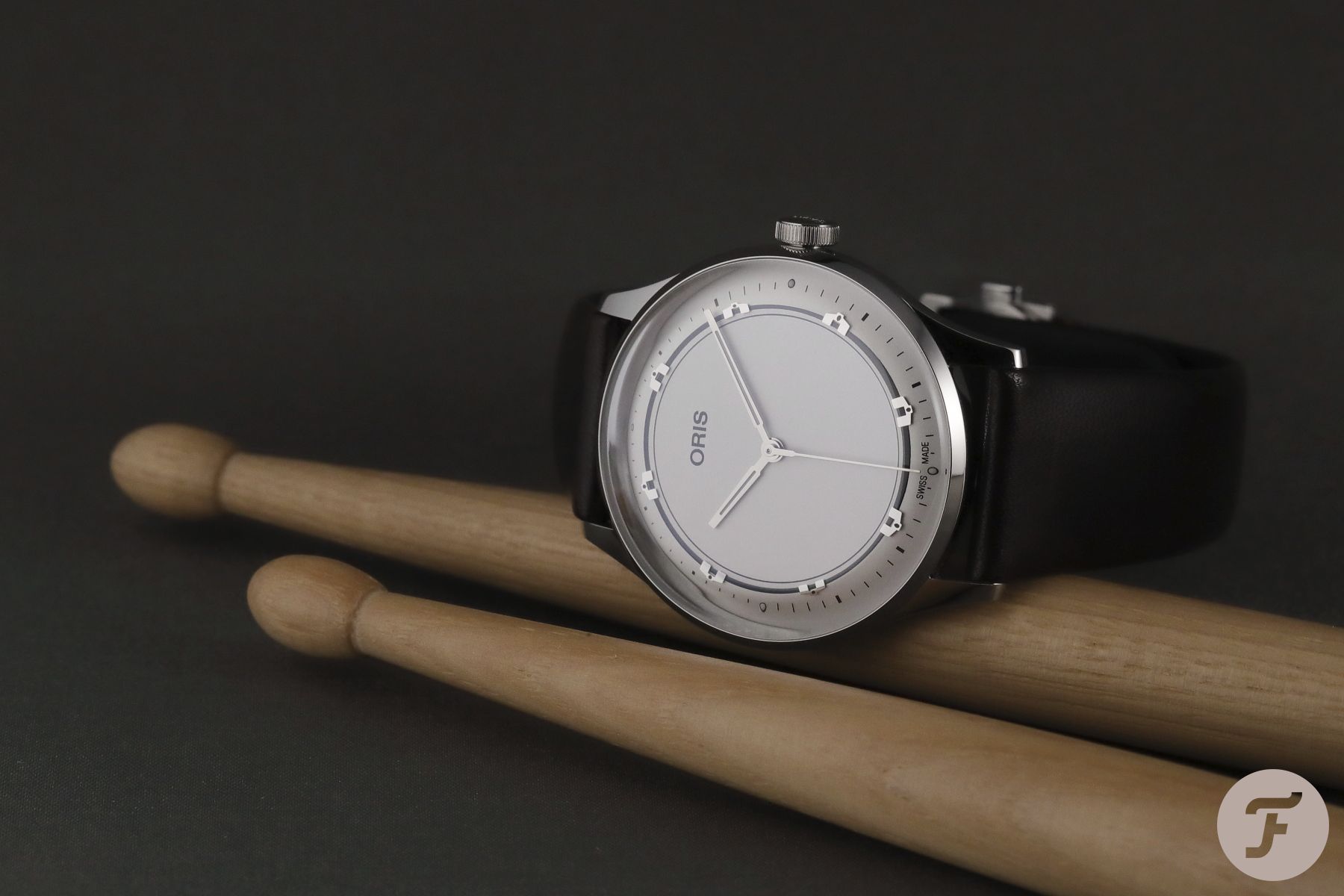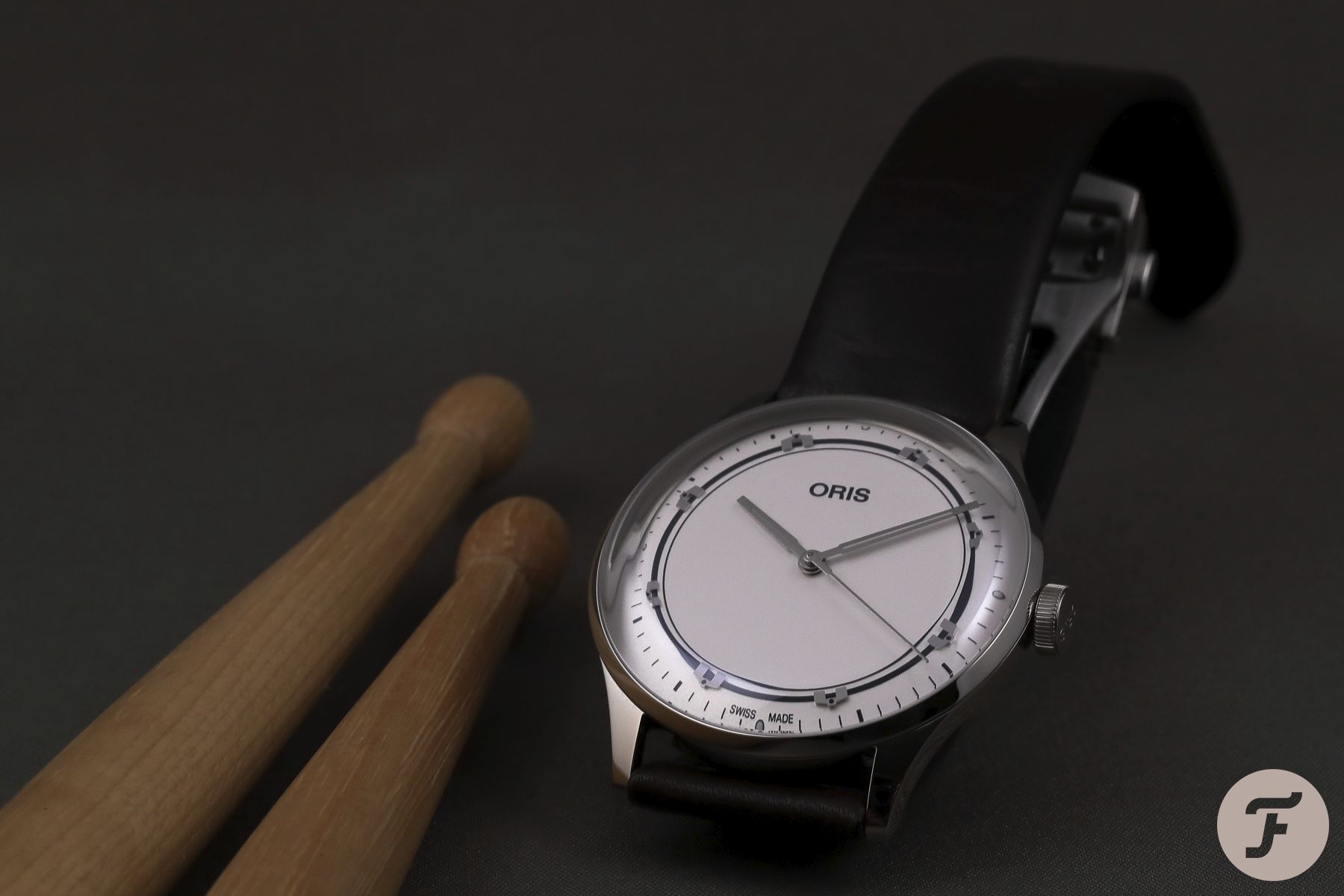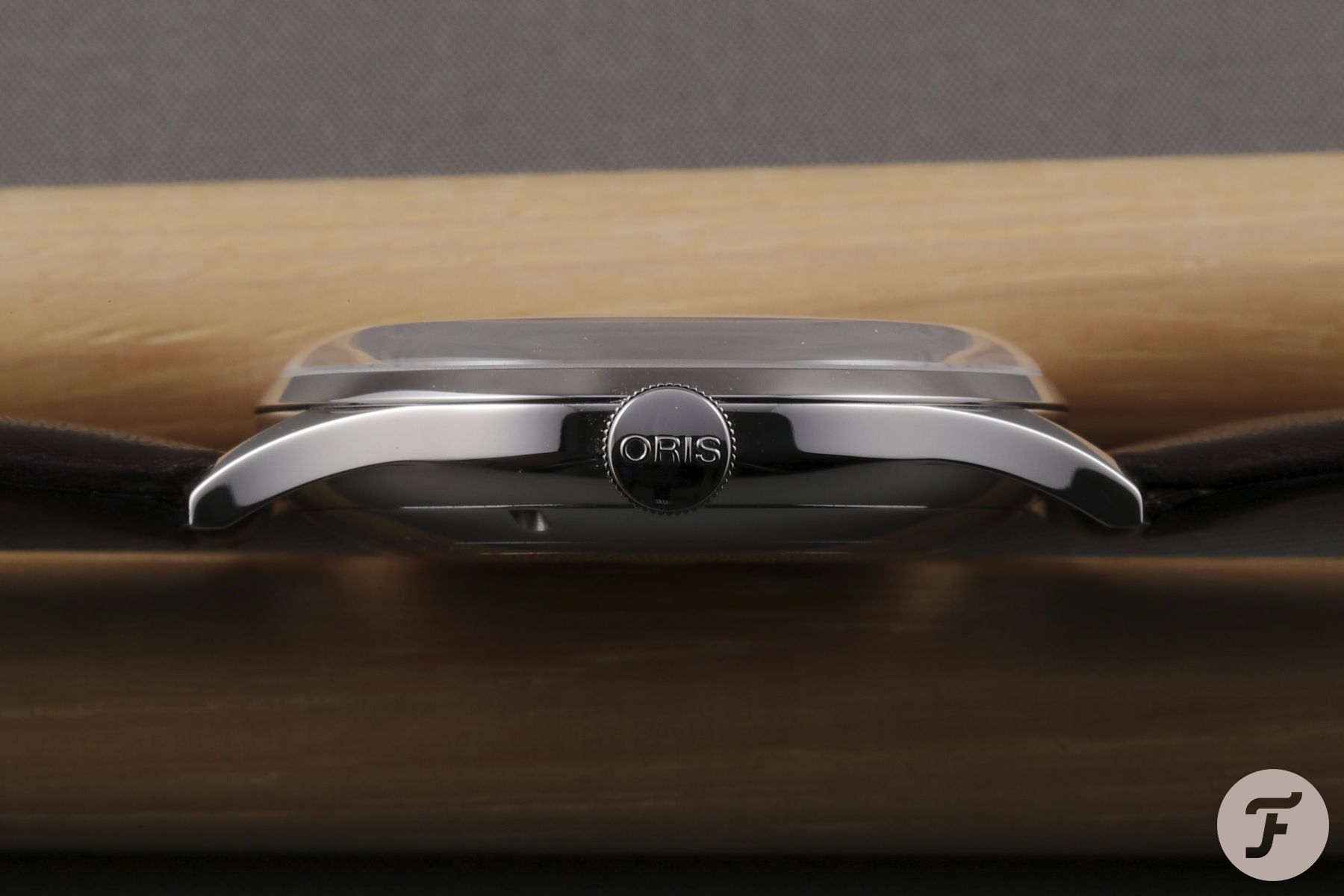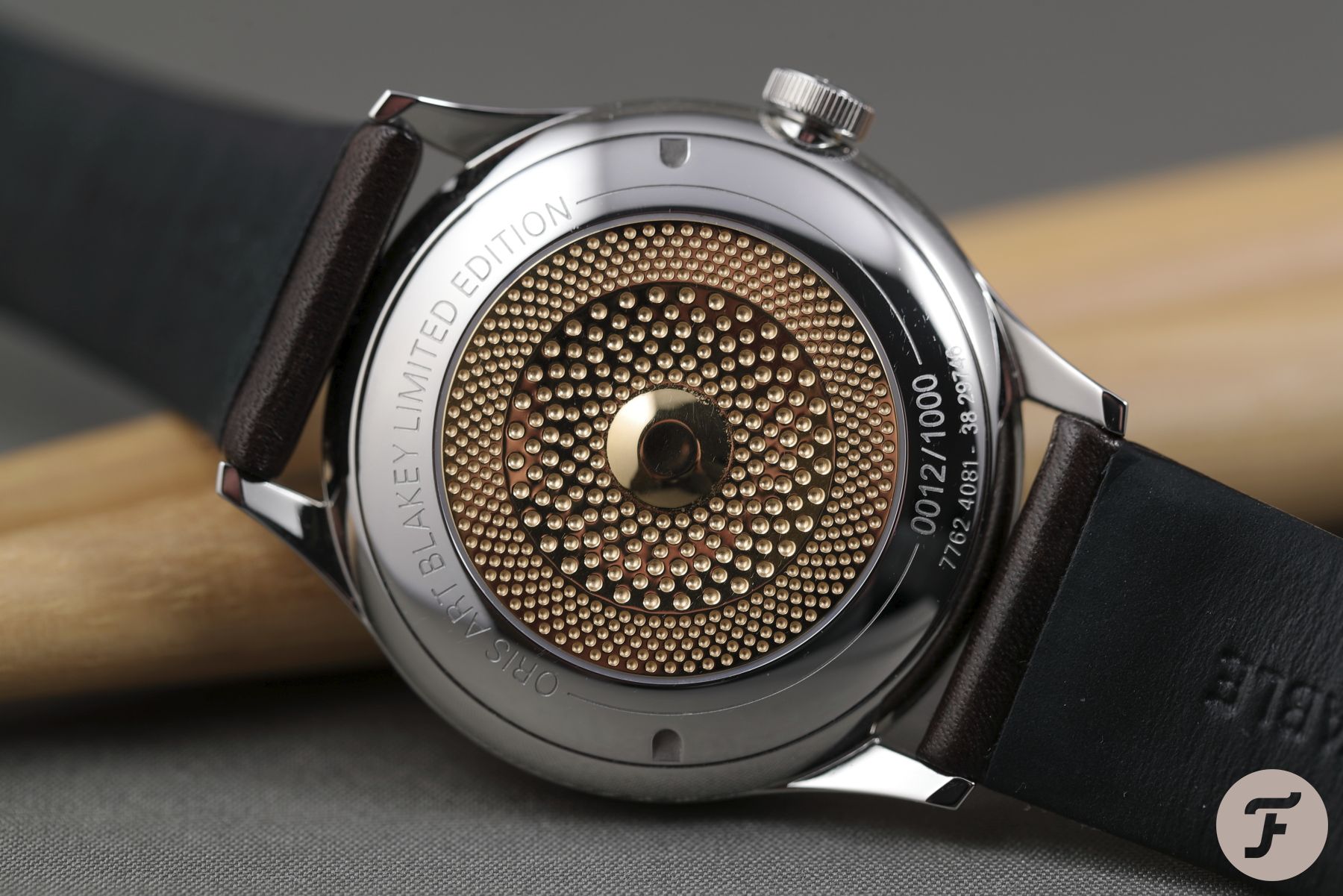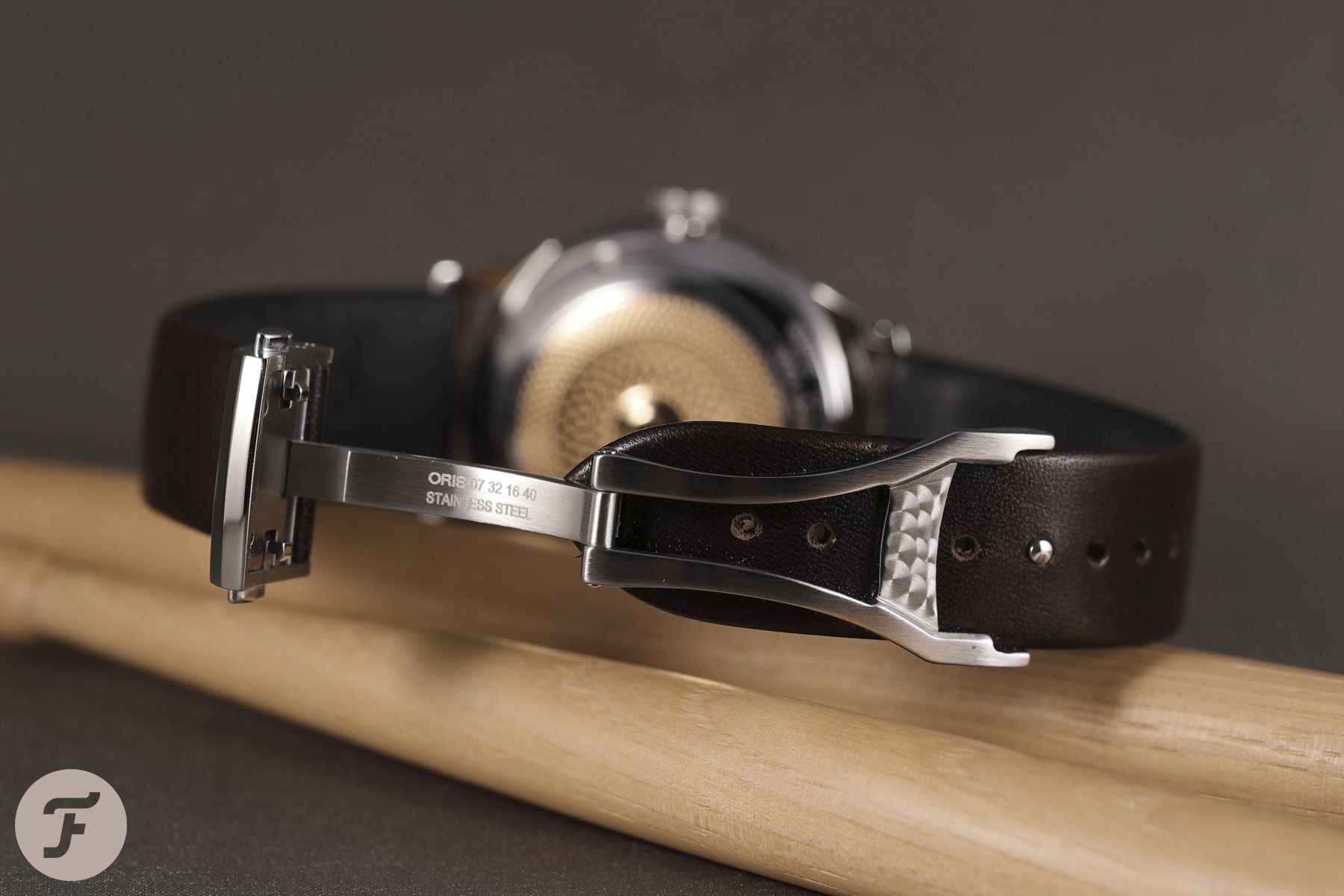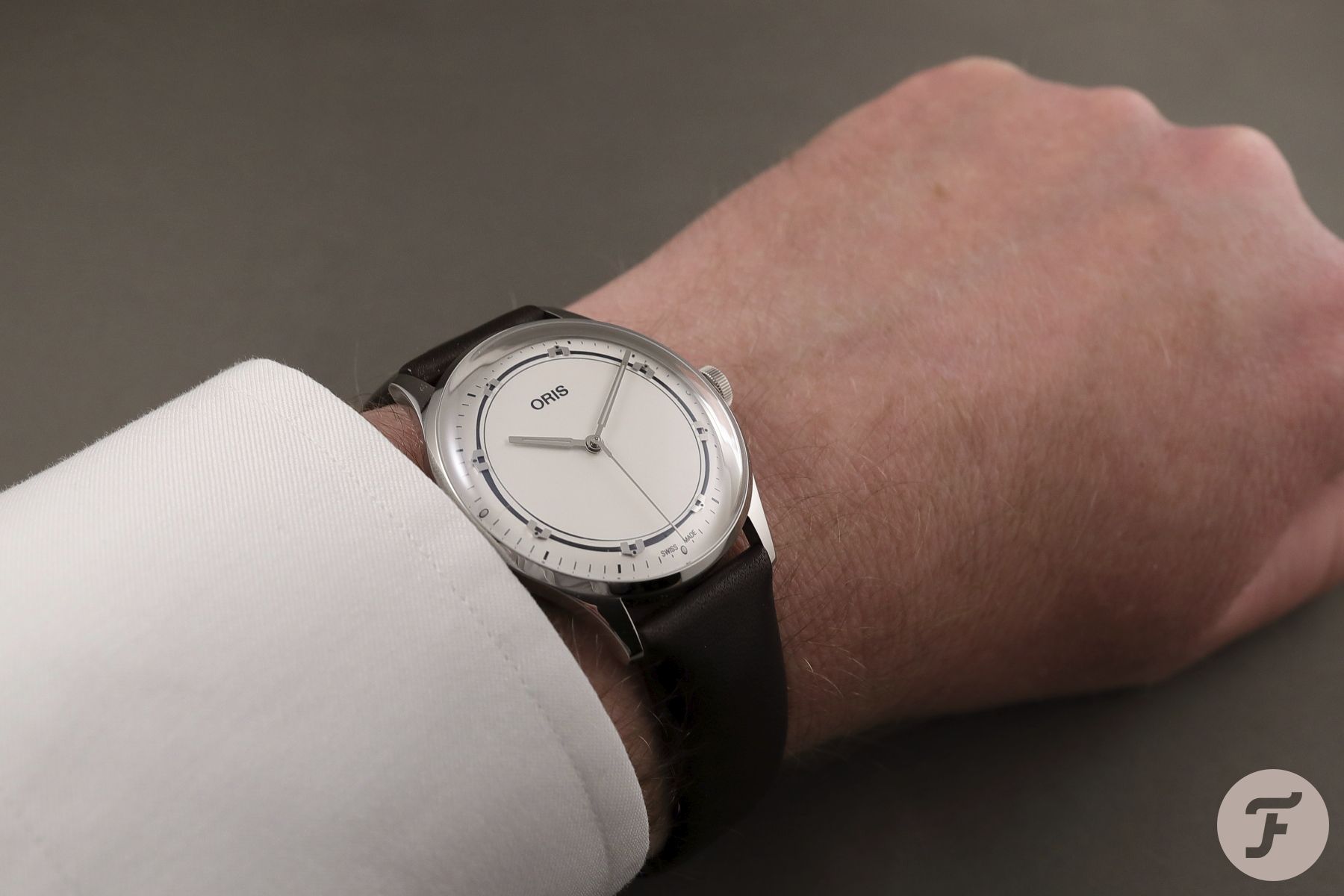Hands-On With The Oris Art Blakey Limited Edition
In their Artelier collection, Oris regularly present limited editions of watch models that are dedicated to jazz musicians. Now I would like to explore one of their latest additions to this family together with you, which is dedicated to the drummer and bandleader Art Blakey. A dress watch, providing some surprisingly creative links to drumming.
To me, this watch is of particular interest because I am a drummer myself. Even though I am not playing a conventional drum set, but a Djembé, and I am playing traditional African music instead of jazz, the design of the Oris Art Blakey Limited Edition offers some details, I easily can connect with. Furthermore, as drums form the base of the vast majority of contemporary music, the drum-oriented design of this watch should appeal to everybody who likes music.
Art Blakey
Art Blakey was born in 1919 and died in 1990. He never gained the fame of some of the musicians he played with during his career. But his achievements were honoured by a posthumous Grammy Life Time Achievement Award in 2005 among several other awards. Art Blakey’s instrument was drums. In 1955 he had founded the band Jazz Messengers which existed in varying constitutions until his death. With this band, Art Blakey took the message about jazz music to the world. He continuously integrated young musicians into the band who, after gaining sufficient experience, later founded their own combos.
The constant in the music of the Jazz Messengers was the signature drumming of Art Blakey. One of the specialities in his drumming style were polyrhythms. As these are also reflected in the design of the Art Blakey Limited Edition, I need to briefly introduce you to a minimum of music theory. Don’t be afraid. It’s fun. Trust me!
Polyrhythms
Polyrhythms are the combination of different musical metrics, which originally do not match. But the result is not perceived as a chaotic mixture like free jazz sometimes feels. Polyrhythms feel a bit unusual but are rather groovy. Polyrhythms are a typical characteristic of traditional African music (yeah, there I’m back in with my Djembé drumming). Today you can hear polyrhythms in many pop and rock songs without noticing them as inappropriate.
To convey the concept of polyrhythms to you, I have created a simple example. The rhythm in this example is called 3 against 4. This means that on top of a standard 4-beat, as you hear it in almost every pop song, a 3-beat is added as you know it from the waltz. The example starts with a bass drum that plays a 4/4 beat for 2 bars. Then for 4 bars, a cymbal plays with the bass drum. The cymbal plays a 6/8 beat, which is more or less a 3/4 beat at double speed. Then the bass drum stops, and for 2 bars you only hear the cymbal continuing the 6/8. At the end the bass drum again starts its 4/4, creating a rhythm pattern that is repeated three times. Those are polyrhythms!
There are more examples of Art Blakey’s drum style on the official Art Blakey website.
The dial of the Oris Art Blakey Limited Edition
Back to the watch. On the silver opaline dial, which appears white in almost every light and exhibits a very fine structure, the prominent detail (next to the hands) is a black ring that separates the minute graduation from the centre of the dial.
What at very first glance appear like hour indexes on this ring, actually are eight miniature clamps that look exactly like the clamps that hold the skin on Art Blakey’s bass drum. On the official Art Blakey website, you can view original advertisements showing Art Blakey with his Gretch drum set that, apart from the text on it, show that the dial of the Oris Art Blakey Limited Edition is an exact replication of that bass drum. The Oris logo appears very low-key.
Outside the bass drum rim, you find the actual hour and minute markers in the form of short dashes. The hour markers at 3, 6, 9 and 12 are small circles containing luminous material that glows blue in the dark.
When I saw this watch for the first time, I immediately asked myself: “Why didn’t they align the bass drum skin clamps with the hour markers!?” Now I know why: First, the Gretch bass drum has exactly got this arrangement of drum skin clamps. Second, this is a visual representation of polyrhythms. Yes! For this reason, I had to distress you with music theory in the previous chapter. If you were so impertinent to skip that chapter, you go back there right now! This dial, by the 8 clamps and 12 hour markers, represents an 8 against 12 or 4 against 3 rhythm. Smart, isn’t it?
Does this design impair reading the time? Surprisingly no. The minute hand reaches beyond the bass drum ring and therefore facilitates the direct reading of the minutes. While reading the hours, the bass drum clamps indeed interfere with the hour markers. But this is not a problem because the clamps are either close to the next hour markers or clearly distant to an hour marker at 3, 6, 9 and 12. I am instinctively reading the minutes first and therefore never guessed the hours wrong.
The hour and minute hands have a very slim lancet shape and are filled with luminous material glowing in the same colour as the four luminous hour markers. Adding little tips to the ends of these hands to make them look like drum sticks probably was a bit too playful. In combination with the very thin second hand carrying no counterweight, the hands perfectly match the dial.
The crystal
In a watch review, you rarely find a separate chapter on the crystal. But in this case, the crystal is worth it. Its shape is what commonly is referred to as box-shaped. It has got an extreme curvature with a flat top.
This shape creates the visual illusion of an extremely domed dial, therefore creating a typical vintage look. I’m not a hundred percent sure, but I think, the dial, in fact, is entirely flat and the domed look is only created by the crystal.
And there is another brilliant design detail connected to the shape of the crystal. On the dial, inside the bass drum rim, there is another thin circle. What is it good for? When you look at the dial from a flat angle, the bold ring forming the bass drum rim seems to float above the dial creating the illusion of a protruding rim like in a real bass drum. This three-dimensional effect (you can see it better in reality than in the two-dimensional image below) is achieved by the fact that the upper end of the curvature of the crystal is located directly above the bass drum rim on the dial. To increase this 3-D effect, you need a reference on the surface of the dial which is formed by the thin circle inside the bass drum rim.
I had noticed similar optical effects in my review of Oris’ ProPilot X Calibre 115, and I find it amazing how Oris utilize this additional design dimension.
Case and strap
Around the crystal, there is an extremely thin bezel which is polished as is the complete case. The small tapered lugs in a natural way extend from the case. They are there, but you almost don’t notice them.
As can be seen from the side, the case has an extremely thin and therefore rather elegant base. The room for the movement (Oris’ adaptation of a Sellita SW 200-1, which is a clone of the ETA 2824-2) is established by the bezel on top and a domed bottom. The signed crown is comfortable to operate but very flat to prevent it from impairing the visual appearance of the watch.
On the bottom of the case, we find another wonderful reference to Art Blakey. The case back includes a brass inlay in the shape of a cymbal, the part of his drum set Art Blakey played most creatively.
The watch comes on a simple and elegant dark brown calf leather strap without stitching. It appears almost modest and is therefore not interfering with the details on the dial.
The strap is closed by a folding clasp in stainless steel. In its reduced size and simple shape with a bold Oris logo, it looks elegant. It works flawlessly and securely. When you open it, the elegant shape is continued, and you note special attention to details embodied by a perlage (circular graining) that is applied to a bar.
Summary
The Oris Art Blakey Limited Edition appears like a straightforward dress watch. At second sight, there are several enthusing design details. If you are a drummer, in my opinion, this watch is a must-have. If you just love (jazz) music, take it into careful consideration. At a price of around 2,000 Euros, there is nothing to complain about.
At 38mm this is a moderately sized watch. I had feared that this would be a deal-breaker for me. But I was delighted to see that it matches my not so small wrist.
What’s the catch in it? Well, the Oris Art Blakey Limited Edition, as its name indicates, is a limited edition, limited to 1,000 pieces. If you want one, act!
To explore Oris watch collections and their history head for their website.

